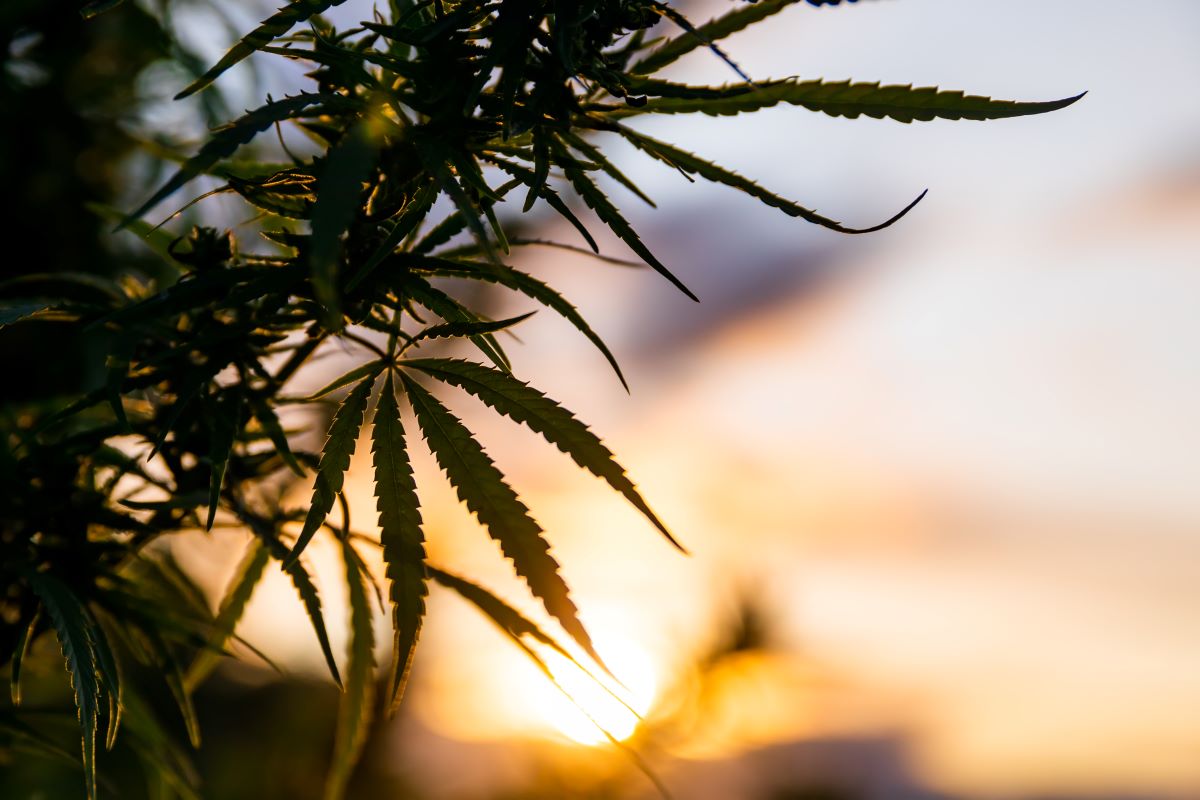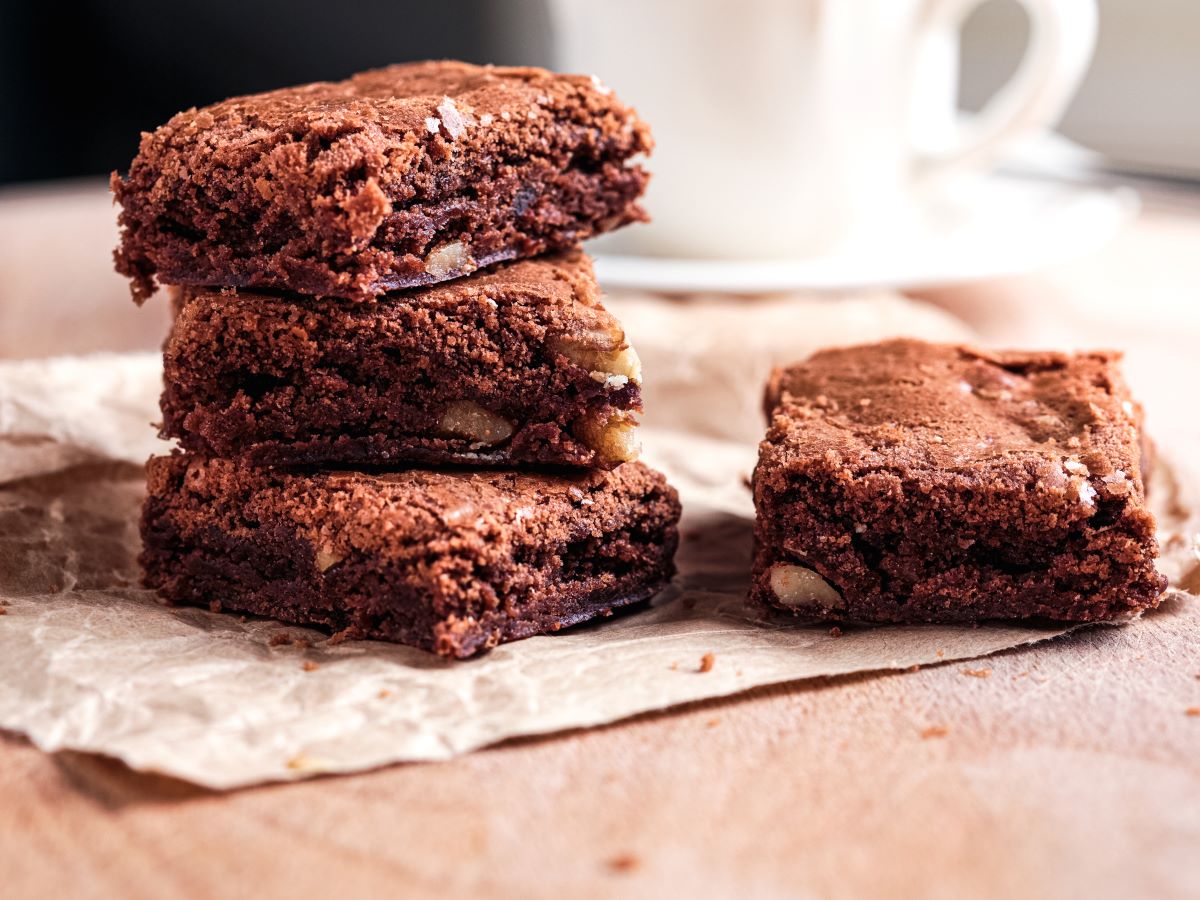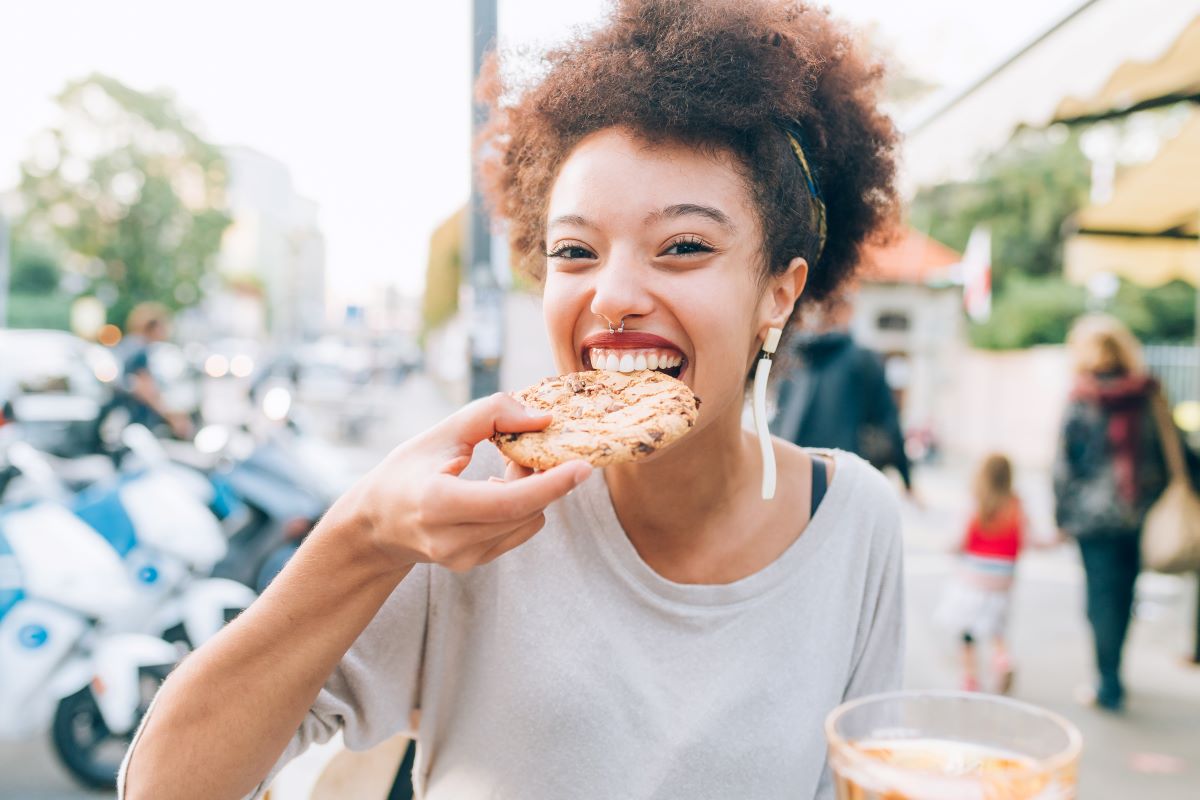Everything you need to know about edibles and their effects
Many people think smoking has always been the most common way to use cannabis. In reality, cannabis has been consumed in edible or liquid form for centuries. Fast-forward a few thousand years and cannabis edibles are now commonly sold as candies, oils, and beverages. In other words, edibles have come a long way from the days of just adding some weed into the brownie mix.
In Canada, edibles became legal in 2019, one full year after cannabis flower legalization. This extra year was deliberate and made sure proper potency limits were in place including using THC levels measured in percentages, and making sure products weren’t appealing to kids and youth.


While black-market products continue to be available, edibles and beverages are a fast-growing part of the legal cannabis industry in Alberta. For many people, edibles are their first choice to consume cannabis, because they don’t want to smoke or vape.
Like all cannabis products, edibles are now legal and regulated but consuming them still comes with some risks. First-time users and vulnerable groups like those with a history of mental health issues need to take extra care. So whether it's your first time or you're just trying something different, it's important to be aware of how edibles can affect you.
How edibles affect you vs. how smoking affects you!
The high you get from edibles is very different compared to the high you get from smoking or vaping. Edibles take much longer to produce a feeling of being high and can even take up to four hours to hit the peak. In comparison, smoking or inhaling cannabis creates a high within seconds or minutes. The difference between all methods of consumption comes down to the difference in how cannabis enters your system and how the body absorbs it.
When you smoke or vape cannabis, you absorb the THC into your bloodstream directly via your lungs. The THC in your blood travels throughout your body and as a result, it only takes seconds or minutes to feel the first effects kick in with the feeling peaking after about ten minutes.
With edibles and beverages, THC is absorbed through your stomach before going to your liver. The liver converts the THC into a stronger form of THC before it's released into your bloodstream causing a greater impairment than what you would feel from smoking cannabis. This slower digestive process also means it can take several hours for the effects to kick in— typically, 30 minutes to two hours to start feeling the effects. Because your liver converts THC to a stronger form, it can take up to four hours for the main effect to set in. On top of the much longer window for you to feel the effects of edibles you could also still feel some effects up to 24 hours after ingesting them.
As with most drugs, cannabis edibles will also affect different people differently. Factors such as potency, body weight, how long it has been since you ate your last meal and your overall health all have an impact on how you feel and experience a high.
Learn more about how the body metabolizes cannabis in different forms in this video.
Potency of edibles
It's important to look at the potency levels of any edibles you're about to consume. Legal cannabis products have their levels of THC and CBD clearly listed on the package, which is a good way to check that the products are legal.
In Canada, the maximum legal THC serving in an edible package is 10 mg. Illegal edibles are unreliable and inconsistent in terms of how much THC and CBD they contain—even if the amount is listed on the package—reports have found that package labelling in the illegal market is not always accurate.
Legal products are regulated and tested, so you can be confident that the amounts listed on the package are the amount that's in your product. If you're looking for more information on potency, check out this comparison of illegal and legal market cannabis products. Plus, you can see how much bacteria can be in illegal cannabis…gross!
Edibles, which are made from concentrates, can theoretically be quite potent—that is, they are higher in THC. This is especially true for illegal edibles which have no limits on THC content. In the legal market, there are many lower-THC products available, including some with low to no THC (for more on that, see below).
Because the onset, or how long it takes for you to feel high, can be slow, always wait at least four hours before taking any more edibles. Better yet, if you're a new user, wait an entire day before taking more to decrease the risks of an unpleasant reaction.
Learn more about how to read cannabis labels for potency and other factors.

THC vs. CBD edibles
Think of CBD and THC as the yin and yang of cannabis—the two key compounds that typically counteract each other. In general, CBD tends to balance out the high feeling that THC can bring. So a product with a higher ratio of THC to CBD will produce more of a high, while a product with a higher ratio of CBD to THC will provide a more subtle high.
Types of edibles available
Edibles come in many forms: chocolate, baked goods, candies and beverages are all legally available for those interested.
Cannabis chocolates are a simple and delicious way to consume cannabis, making them am a delectable choice. But because they're so tasty, it's easy to over-do it, so be sure to read the label and check if the potency is right for you.
Tip: Keep regular, non-THC chocolate close by so if you start craving more chocolate, you don’t consume more cannabis than you originally intended.
Cannabis-infused baked goods are also popular including brownies, cookies and many other forms. Whether you’re buying them ready-made or doing your own baking at home, always check the potency level, and be sure to start low and go slow.
Tip: If you're doing your own baking at home, use legal cannabis so you know the potency level and take care to mix it thoroughly or distribute it evenly.
Gummies are a quick and easy way to get your THC and/or CBD kicks. But don’t underestimate them— they can still have all the potency of other edible products. It is important to remember that if children and others in your home see the gummies, they might think they can sneak a treat. Be sure to keep all cannabis, especially yummy edibles, away from children, youth and even pets that can sniff out all the goodies.
Tip: Keep your cannabis and edibles out of sight and locked up tight.
Many cannabis-infused beverages are now available in a wide variety of products, from sodas and sparkling waters to powders and teas. Like edibles, beverages offer a smoke-free way to consume. As with all edible products, be sure to read the label carefully and check the potency.
While everyone’s reaction to THC and potency can be different, below are some general guidelines to try, which may be helpful if you’re an inexperienced or first-time user.
1-2.5 mg THC
Health Canada recommends that first-time users start with 2.5 mg of THC or less. When using for the first time, be sure to wait up to four hours to see what the effects are before consuming more.
5 mg THC
You might think 5 mg is a small amount, but this can still produce a significant high effect for new or inexperienced users. This amount is not recommended for first-time users, instead start at 2.5 mg, and see how you feel.
10 mg THC
This is the legal maximum per package. Even products positioned as primarily CBD can contain up to 10 mg of THC. This level is not recommended for first-time or inexperienced users.
20 mg THC and higher
Products containing 20 mg or more of THC, or equivalent, are not legal in Canada. If you see a product marketed as containing more than 10 mg of THC, you can be certain that it is an illegal product. Servings at these higher levels are more likely to cause significant side effects.
Learn more about how to tell what is legal and what is illegal.

With edibles, it can be easy to consume more than you intended—stopping at one regular chocolate or one regular cookie is a serious skill—so it’s important to be mindful of how much you are eating.
If you’ve consumed too much, the only way for it to leave your bloodstream is giving it time (the same as alcohol). If you’re feeling anxious or unsettled, you may want to call a friend to pick you up or take you home. If you're experiencing significant negative side effects, such as nausea or vomiting, you may want to call HealthLink at 811 and talk to a nurse.
Although rare, overdoing it can have serious side effects, like hallucinations. If you experience serious side effects you need to seek immediate medical help. After consuming any edibles, you shouldn't drive or operate heavy machinery.